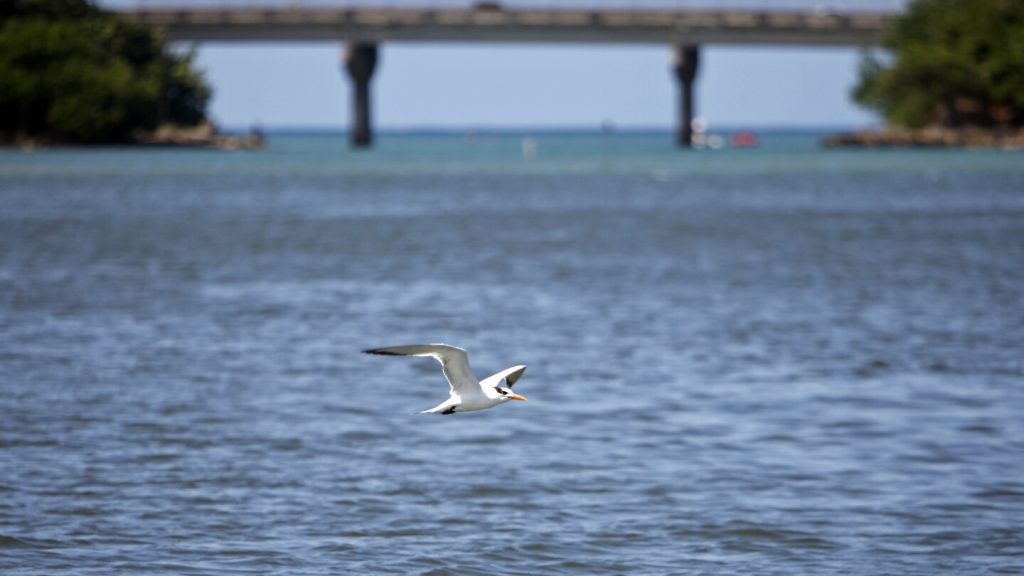A controversial $62 million project to dredge Puerto Rico’s largest seaport, San Juan Bay, began despite opposition from environmentalists and a pending lawsuit. The project, overseen by the U.S. Army Corps of Engineers and carried out by California-based Curtin Maritime, aims to remove nearly 3 million cubic yards of marine floor to accommodate larger vessels, including tankers for a new liquid natural gas terminal. The dredged material will be deposited in the Atlantic Ocean, approved by the U.S. Environmental Protection Agency, and is expected to be completed by October.
Governor Pedro Pierluisi defended the project, stating that it has been authorized at all federal levels and will provide a significant economic boost to Puerto Rico’s economy. However, environmentalists, led by the Center for Biological Diversity, have raised concerns about the potential harm to marine life, including corals, seagrass beds, and manatees in San Juan Bay. A lawsuit filed by the environmental group against the U.S. government is currently pending in a U.S. District Court in Washington, with concerns about the impact of the dredging on the ecosystem.
Catherine Kilduff, an attorney for the Center for Biological Diversity, expressed worries about the dredging’s impact on corals, citing sedimentation that can kill corals already suffering from diseases and warming waters. The group is also concerned about the impact on manatees, which rely on seagrass for food and are at risk of being struck by ships in the bay. Kilduff highlighted previous promises by the U.S. Army Corps of Engineers to plant seagrass after a previous dredging project, which have not been fulfilled.
The U.S. Army Corps of Engineers defended the dredging project, emphasizing the economic importance of San Juan Harbor as a vital lifeline for Puerto Rico. Col. Charles Decker stated that the project is a significant investment in the future of Puerto Rico, with the Corps investing nearly $45 million and the government of Puerto Rico providing the remainder of the funding. Despite the ongoing controversy and opposition from environmental groups, the dredging operations have begun, with the goal of deepening the harbor to accommodate larger vessels and boost the local economy.
The dredging project has been a point of contention between government officials, environmentalists, and the U.S. Army Corps of Engineers, with opposing views on the potential benefits and risks involved. While Governor Pedro Pierluisi emphasized the economic advantages of the project and dismissed environmental concerns, groups like the Center for Biological Diversity have raised alarms about the impact on marine life and ecosystems in San Juan Bay. The pending lawsuit and ongoing debates highlight the complex challenges in balancing economic development with environmental conservation in Puerto Rico. The outcome of the legal proceedings and the completion of the dredging project will have significant implications for the future of the island’s largest seaport and its surrounding marine environment.


